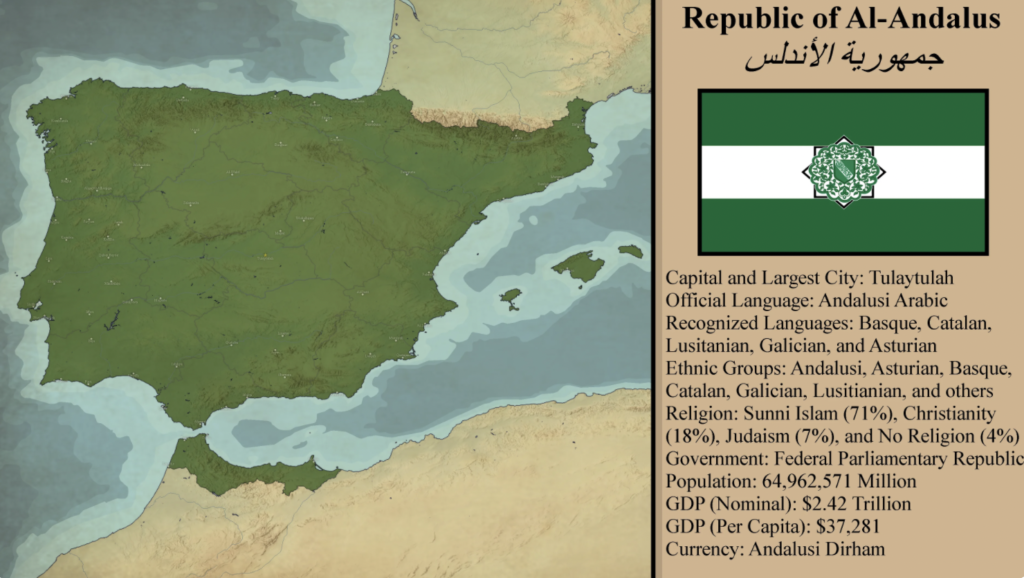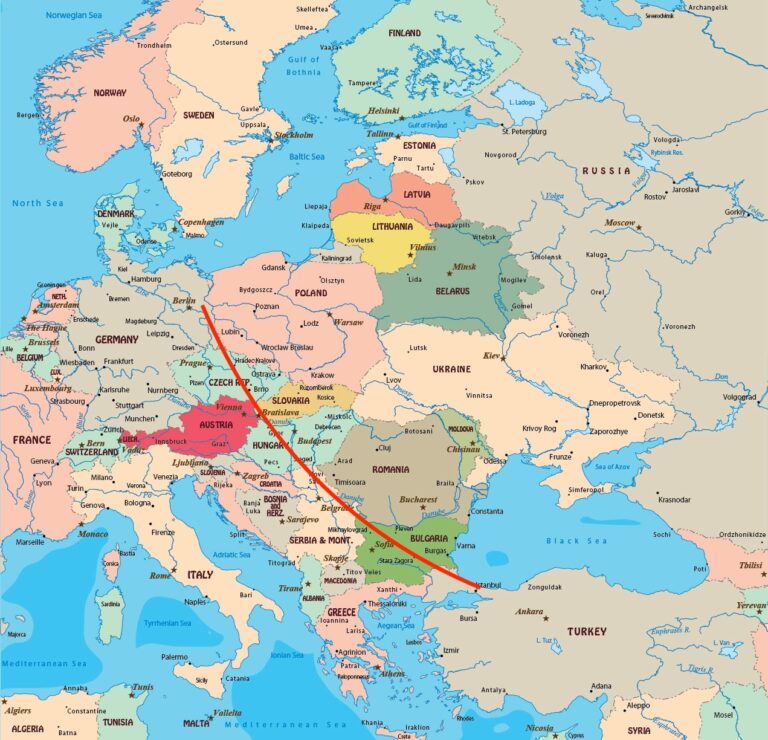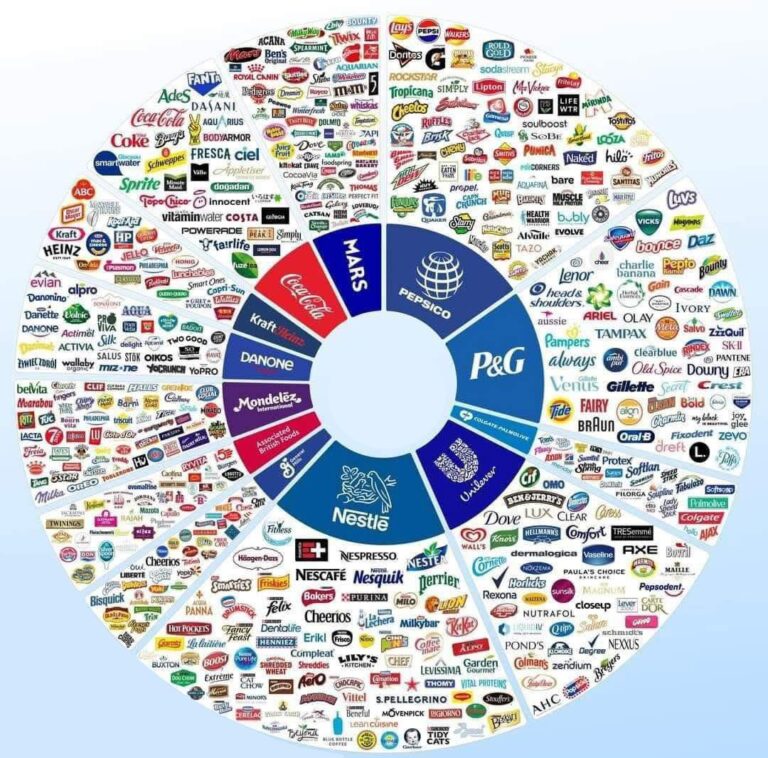By Andrea Tucci,
With a population of approximately 68 million, France has one of the largest populations in Europe. Among its inhabitants, over 7 million are of Arab descent. The South of France has a longstanding relationship with Arab communities, dating back centuries.
According to the 2022, population census in France, approximately 40% of children aged between 0 and 4 are either immigrants or have immigrant backgrounds.
During the medieval era, the South of France had extensive connections with the Islamic world thanks to its close proximity to North Africa and the Mediterranean. This allowed for trade, cultural interchange, and migration between the two regions. Diplomacy, warfare, and commerce all played important roles in these interactions. The area was once a part of Al-Andalus, a vast territory that included present-day Spain and portions of southern France.

Arab traders, academics frequented the region, influencing its cultural, linguistic, and architectural landscape.
More recently, during the colonial era, the relationship between France and North Africa greatly affected the Arab population in Southern France. With French colonial control over Algeria, Morocco, and Tunisia, there was a significant increase in the movement of workers from these regions to France, particularly after World War II. This led to the establishment of Arab communities in cities like Marseille, eventually contributing to the diverse cultural landscape of the region. According to the 2022 population census in France, approximately 40% of children aged between 0 and 4 are either immigrants or have immigrant backgrounds.
While traveling in the southern region of France, is noticeable the variations in the Arab population as one travels along the coast.
Currently, Avignon serves as a key point for individuals with Arab heritage. In January 2016, a probe was carried out in the Reine-Jeanne district of Avignon, revealing a notable population of Salafist Muslims that consider themselves the purest, most authentic form of Islam but also the most radical one.
.The inquiry uncovered a radical Islamic group, in which imams played a significant role in the process of radicalization. The region is home to ten mosques, including two of Turkish origin, one Algerian, and seven Salafist mosques, with imams who have mainly been trained in Morocco.
Marseille is home to a large Arab population, making up a considerable portion of the city’s residents, is also the third largest city in the country.
While exploring this ancient city, one cannot help but observe the hints of Arab influence, with its street markets, stores selling North African goods, and bustling yet charming chaos that evokes feelings of nostalgia for North Africa.
Exploring Noailles, an Arab concentrated area of Marseille, is reminiscent of traveling through the Mediterranean and beyond. The winding streets lack clear navigation, occasionally lead to quaint plazas, and frequently branch off into bustling alleyways filled with people. After French, Arabic is Noailles’ lingua franca.
The Arab community in downtown Marseille is significant and diverse. This community has transformed the city’s landscape.
The Open Society Foundations report, “Muslims in Marseille,” highlights the city’s deep divisions and the vast inequities faced by Muslim residents, made up of a majority of Arabs from North African nations, in education, employment, and housing.
When heading East towards Italy, you can reach the coastal town of Nice that has the second highest number of extreme Muslims, closely behind the unstable Parisian suburb of Seine-Saint-Denis. In fact, when considering its relatively small size, Nice, with just over 343,000 residents, is the most radicalized area in France.
The North African population residing in Nice encounters many difficulties, such as prejudice and exclusion, leading to a feeling of detachment and separation among certain youths. As a result of gentrification in specific neighborhoods, some Muslim groups have been pushed to live in isolated suburbs. This trend further fuels religious divides and can potentially foster radicalization.
The French Riviera is also renowned for its luxurious and glamorous atmosphere, and this reputation is warranted and the French business world is greatly impacted by a powerful group of billionaires with Arab heritage. As reported by Forbes Middle East, the total net worth of the top five richest French billionaires with Arab roots is $37.1 billion. This group includes noteworthy individuals like Joseph Safra, the wealthiest banker in the world, whose lineage traces back to a Lebanese-Syrian family. In fact, all of these billionaires began their journey in southern French cities. The Saadé family, which boasts three French billionaires with Arab heritage, started their business empire in Marseille. Their father, Jacques Rodolphe Saadé, relocated to France during the Lebanese Civil War.

To summarize, the Arab community in France has a long history that can be traced back for centuries. Today, their presence is evident in cities like Marseille, Avignon, and Nice, adding to the cultural diversity.
Regardless these challenges, the Arab community has made significant contributions to Marseille’s cultural scene, particularly musically, with the city being a breeding ground for emerging French hip-hop talent.
Despite facing difficulties such as economic and religious differences, the Arab population has greatly enriched the region’s culture.



